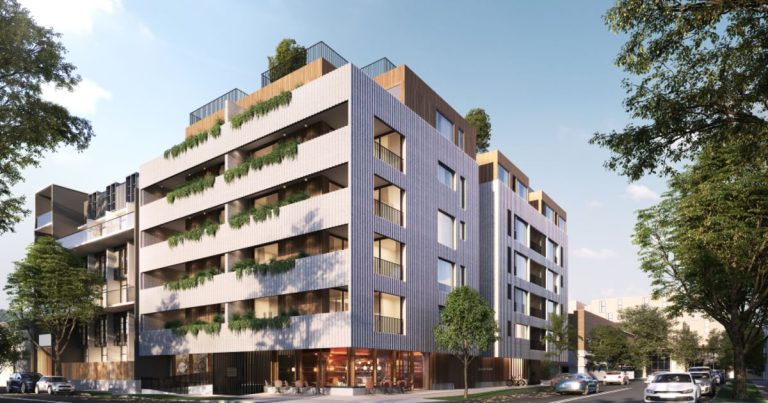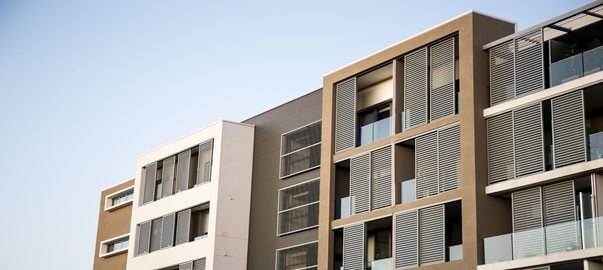The Act is now in force and commenced on 11 June 2020. The new legislation has been introduced to regulate those who design and construct new buildings. The purpose of the legislation is to ensure compliance.
There are further enforcement and disciplinary areas which will come into force in July 2021.
The Regulations have yet to come into effect. It is expected that these will come into effect later this year.
Key Features
Retrospective duty of care
The Act introduces a retrospective duty of care to avoid economic loss. This applies where the loss first became apparent within the 10 years immediately before the commencement of section 37, or the loss first becomes apparent on or after the commencement of that section.
The Act provides that the duty of care is owed to all owners of the land and to all subsequent owners of the land.
The limitation period for a common law negligence claim in NSW runs for six years from when the loss becomes apparent (or for up to 10 years after the work was completed).
Section 37 provides that a person who carries out construction work has a duty to exercise reasonable care to avoid economic loss caused by defects in or related to a building for which the work is done, and arising from the construction work.
The duty of care is owed to each owner of the land in relation to which the construction work is carried out and to each subsequent owner of the land.
A person to whom the duty of care is owed is entitled to damages for the breach of the duty as if the duty were a duty established by the common law.
The duty of care is owed to an owner whether or not the construction work was carried out under a contract or other arrangement entered into with the owner or another person or otherwise than under a contract or arrangement.
Economic Loss
Section 38 goes further and provides that an owners corporation or an association is taken to suffer economic loss for the purposes of this Part if the corporation or association bears the cost of rectifying defects (including damage caused by defects) that are the subject of a breach of the duty of care imposed under this Part.
The economic loss includes the reasonable costs of providing alternative accommodation where necessary.
Definitions and Expansion
It is important to consider who falls under the Act as the definitions are broad.
Building Work is defined in section 4 as follows:
work involved in, or involved in coordinating or supervising work involved in, one or more of the following–
(a) the construction of a building of a class or type prescribed by the regulations for the purposes of this definition,
(b) the making of alterations or additions to a building of that class or type,
(c) the repair, renovation or protective treatment of a building of that class or type.
(2) The regulations may–
(a) prescribe additional work that is building work for the purposes of this Act, and
(b) exclude work from being building work for the purposes of this Act.
(3) In this Act, a reference to a building (including a building as defined in Part 4) includes a reference to part of a building (including a building element).
A building practitioner is defined in section 7 as follows:
(a) a person who agrees under a contract or other arrangement to do building work, or
(b) if more than one person agrees to do building work, a person who is the principal contractor for the work.
A principal contractor means a person who agrees to do building work under a contract or arrangement (the “head contract” ) and for whom work is to be carried out under one or more other contracts or arrangements as part of or incidental to the work carried out under the head contract.
A building practitioner is taken to do building work if the practitioner–
(a) agrees to do building work under a contract or other arrangement, or
(b) is the principal contractor for the work.
Owner is defined as
(a) every person who jointly or severally or at law or in equity is entitled to the land for an estate of freehold,
(b) for a lot within a strata scheme, the owner of a lot within the meaning of the Strata Schemes Management Act 2015 ,
(c) for a development lot or neighbourhood lot within a community scheme, the proprietor in relation to the lot within the meaning of the Community Land Management Act 1989 ,
(d) every person who jointly or severally or at law or in equity is entitled to receive, or receives, or if the land were let to a tenant would receive, the rents and profits of the land, whether as beneficial owner , trustee, mortgagee in possession or otherwise,
(e) other persons prescribed by the regulations for the purposes of this definition.
Implications
The Act is far reaching and its effects may not become known until the additional major changes come into play 1 July 2021.
What you should be Doing Now
The Act introduces a number of registrations and requirements for engineers. Engineers should be reviewing their registration and ensure compliance with the 1 July 2021 requirement.
Designers, builders, engineers and other specialist practitioners including those carrying out maintenance works will now be required to be registered;
Registered designers will need to provide a declaration of regulated designs
Registered builders will be required to provide a declaration of building work prior to application of an occupation certificate
Investigation and enforcement powers for authorised officers and the Secretary of the Department of Customer Service, such as issuing stop work orders for up to 12 months and imposition of fines
Need Advice
Should you require legal advice or have any question arising as a result of the introduction of the new legislation which may impact you please get in contact.
Pierrette Khoury, Khoury Lawyers



